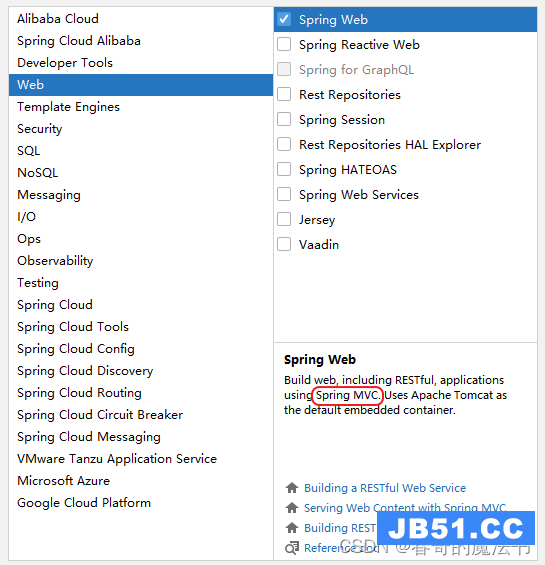权限控制,也是我们再日常开发中经常遇到的场景,需要根据用户的角色决定是否可以看到某个资源。目前,市面上此类框架主要有shiro与我们今天要讲到的spring security。关于权限的控制有复杂的控制,例如几乎每个公司都有单点登录系统,根据用户名来到数据库中拿到对应的权限,在展示该权限下能看到的资源。还有一种就是简单的控制,也就是我们今天所要提到的。将账号,密码,角色配置到代码中,也可以进行简单的控制,缺点不言而喻,扩展性不好,只有固定的账号,但是作为演示还是够用的。
好了废话不多说,上pom
<dependency>
<groupId>org.springframework.boot</groupId>
<artifactId>spring-boot-starter</artifactId>
</dependency>
<dependency>
<groupId>org.springframework.boot</groupId>
<artifactId>spring-boot-starter-web</artifactId>
</dependency>
<dependency>
<groupId>org.springframework.boot</groupId>
<artifactId>spring-boot-starter-security</artifactId>
</dependency>
spring-boot-starter-security里面包装了spring security所需要的依赖。不需要我们一个个的配置,简化了我们的操作,节省了我们的时间,不得不说,这些企业级框架考虑的就是很周到,如果我们自己添加jar,可能会因为版本之间的不兼容而爆出各种问题,这都是题外话,赞叹一下,我们继续。看下配置类
package com.shuqi;
import org.springframework.context.annotation.Configuration;
import org.springframework.core.annotation.Order;
import org.springframework.security.config.annotation.web.builders.HttpSecurity;
import org.springframework.security.config.annotation.web.configuration.EnableWebSecurity;
import org.springframework.security.config.annotation.web.configuration.WebSecurityConfigurerAdapter;
@EnableWebSecurity
public class SecurityConfig {
@Configuration
public static class WebSecurityConfigurationAdapter extends WebSecurityConfigurerAdapter {
@Override
protected void configure(HttpSecurity http) throws Exception {
http.csrf().disable();
http
.authorizeRequests()
.antMatchers(
"/index"
).hasRole("ADMIN")
.anyRequest().permitAll()
.and()
.httpBasic()
;
}
}
}
这段配置翻译成中文是:对于访问/index这个链接需要ADMIN权限,其他的全都都允许。有的时候我们只会注意代码,其实这个注解@EnableWebSecurity会重要更多,因为他是spring security的开始,他引入了诸多的配置类,才使得security生效。我们设置了ADMIN权限,但是没有设置ADMIN权限对应的用户名密码,所以看下配置文件
security: user: name: root password: root role: ADMIN
配置都差不多了,看一眼我们的Controller
package com.shuqi.controller;
import org.springframework.web.bind.annotation.RequestMapping;
import org.springframework.web.bind.annotation.RestController;
@RestController
public class HelloController {
@RequestMapping("/index")
public String index(){
return "hello world index";
}
@RequestMapping("/index1")
public String index1(){
return "hello world index1";
}
}
一个被拦截的/index,一个不会被拦截的/index1,看下区别。启动项目,访问/index

可以看到已经加了访问控制,输入配置的root,root
可以看到结果

输入/index1可以直接看到结果

说明我们的配置生效了,spring security确实帮助我们做到了访问的控制。
以上就是本文的全部内容,希望对大家的学习有所帮助,也希望大家多多支持编程小技巧。

 今天小编给大家分享的是Springboot下使用Redis管道(pipeline...
今天小编给大家分享的是Springboot下使用Redis管道(pipeline... 本篇文章和大家了解一下springBoot项目常用目录有哪些。有一...
本篇文章和大家了解一下springBoot项目常用目录有哪些。有一... 今天小编给大家分享的是SpringBoot配置Controller实现Web请求...
今天小编给大家分享的是SpringBoot配置Controller实现Web请求...